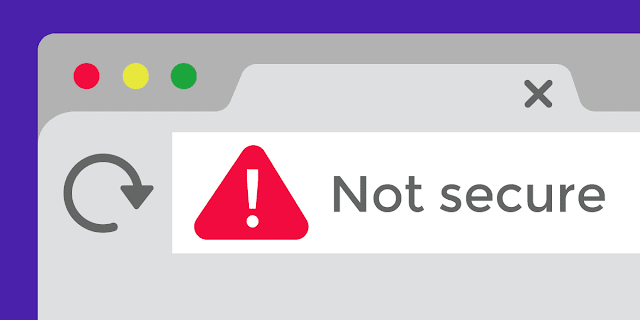In today's digital age, data security has become a critical concern for individuals and businesses alike. With the increasing amount of sensitive information being transmitted online, the need for secure communication protocols has never been more urgent. Unfortunately, one of the most widely used protocols for transferring data over the Internet, Hypertext Transfer Protocol (HTTP), is not secure. In this article, we will explore the reasons why HTTP is not secure, the risks associated with unencrypted Internet traffic, and how you can protect yourself and your organization.
Table of Contents
1. Introduction
Introduction
The Internet has revolutionized the way we communicate and access information. However, this increased connectivity has also made us vulnerable to cyber threats. Hackers and cybercriminals are constantly looking for ways to exploit vulnerabilities in Internet traffic to gain unauthorized access to sensitive data. HTTP, the protocol that powers the World Wide Web, is one such vulnerability that poses a significant risk to the security and privacy of online communications.
What is HTTP?
Hypertext Transfer Protocol (HTTP) is a protocol for transferring data over the Internet. It is the foundation of the World Wide Web and is used to transfer web pages and other resources between servers and clients. HTTP is a stateless protocol, which means that it does not retain any information about previous requests or responses. This makes it simple and lightweight, but it also makes it vulnerable to security threats.
How Does HTTP Work?
HTTP works by using a client-server model. The client, usually a web browser, sends a request to the server for a specific resource, such as a web page or an image. The server then responds with the requested resource, which the client can then display or use. This process is repeated for each resource that the client needs to access. Each request and response is transmitted as plain text, which means that anyone who intercepts the traffic can read the contents.
Why is HTTP Not Secure?
HTTP is not secure because it transmits data in plain text. This means that anyone who intercepts the traffic can read the contents, including sensitive information such as usernames, passwords, and credit card numbers. Additionally, HTTP does not provide any way to verify the identity of the server, which means that an attacker can impersonate the server and intercept or modify the traffic.
Risks of Unencrypted Internet Traffic
The risks of unencrypted Internet traffic are significant. Hackers and cybercriminals can intercept and read the contents of unencrypted traffic, steal sensitive information, and use it for nefarious purposes. This can include stealing identities, committing financial fraud, or launching attacks on other systems using the stolen information. Additionally, unencrypted traffic is vulnerable to modification, which means that an attacker can modify the contents of a request or response to execute malicious code or inject malware onto the client's system.
Protecting Yourself and Your Organization
To protect yourself and your organization from the risks of unencrypted Internet traffic, it is essential to use secure communication protocols. One such protocol is HTTPS, which stands for Hypertext Transfer Protocol Secure. HTTPS is a secure version of HTTP that encrypts the traffic between the client and the server, ensuring that it cannot be intercepted or read by anyone else. HTTPS also provides a way to verify the identity of the server, which ensures that the client is communicating with the intended server and not an imposter.








0 comments:
Post a Comment